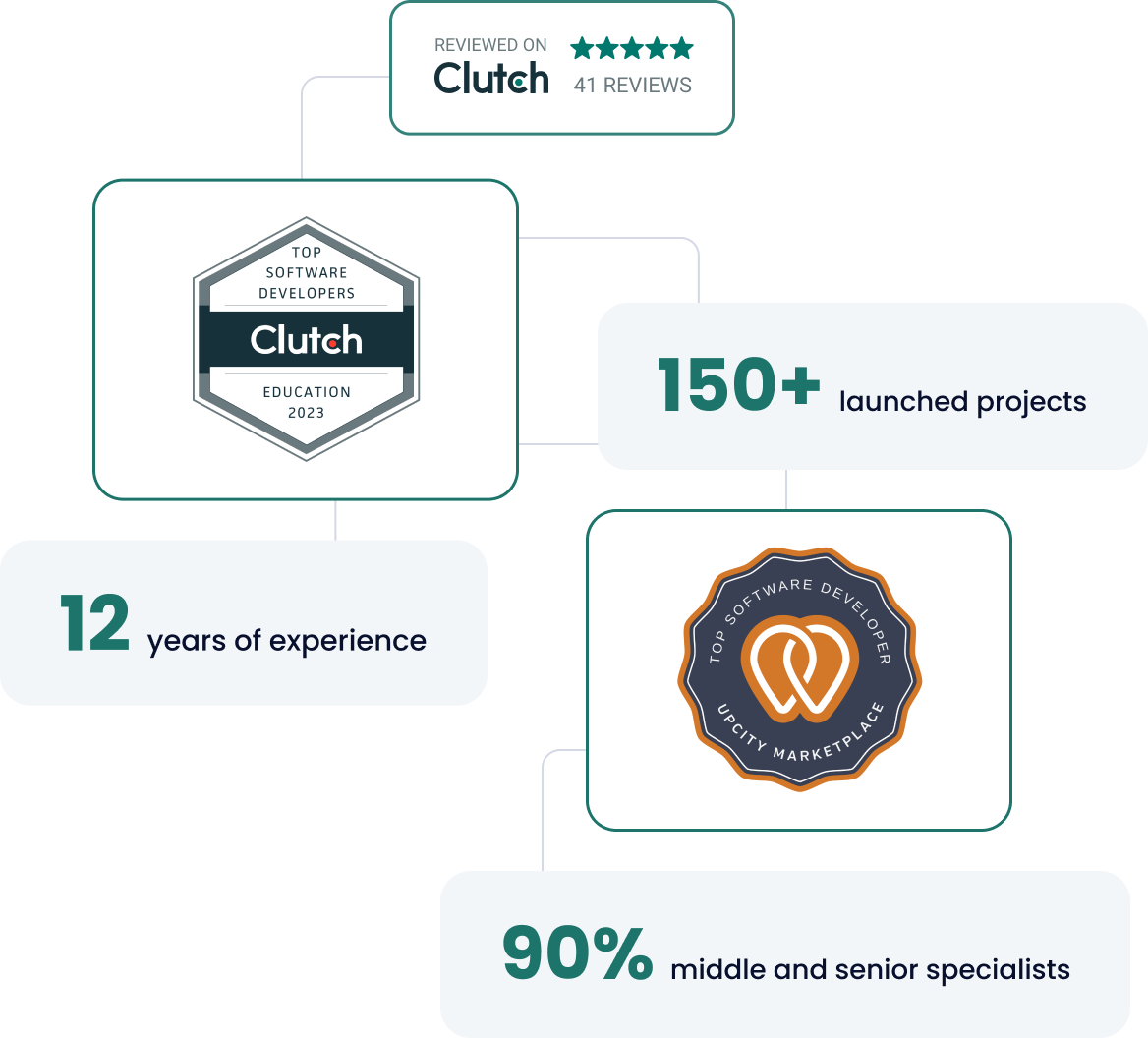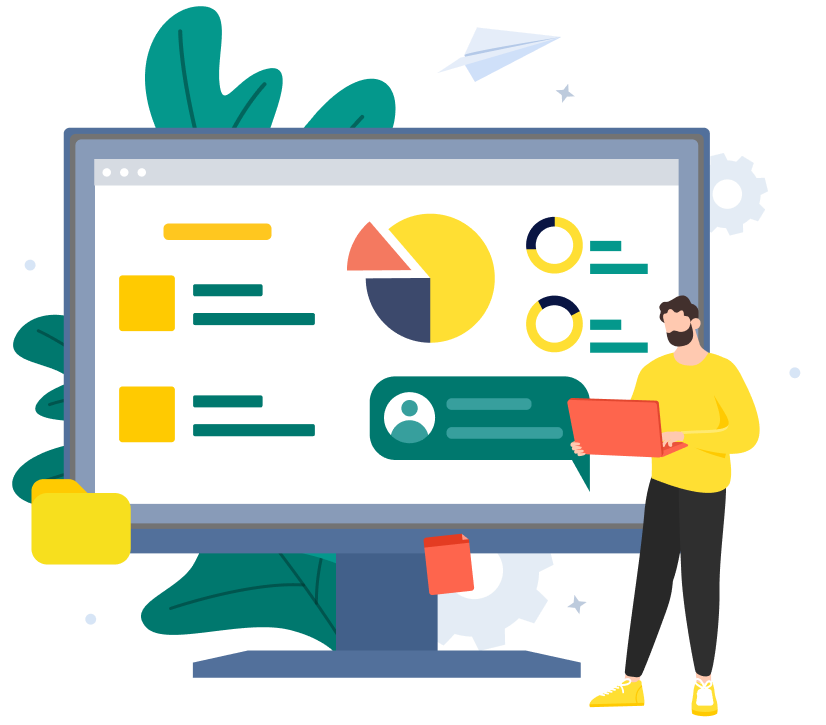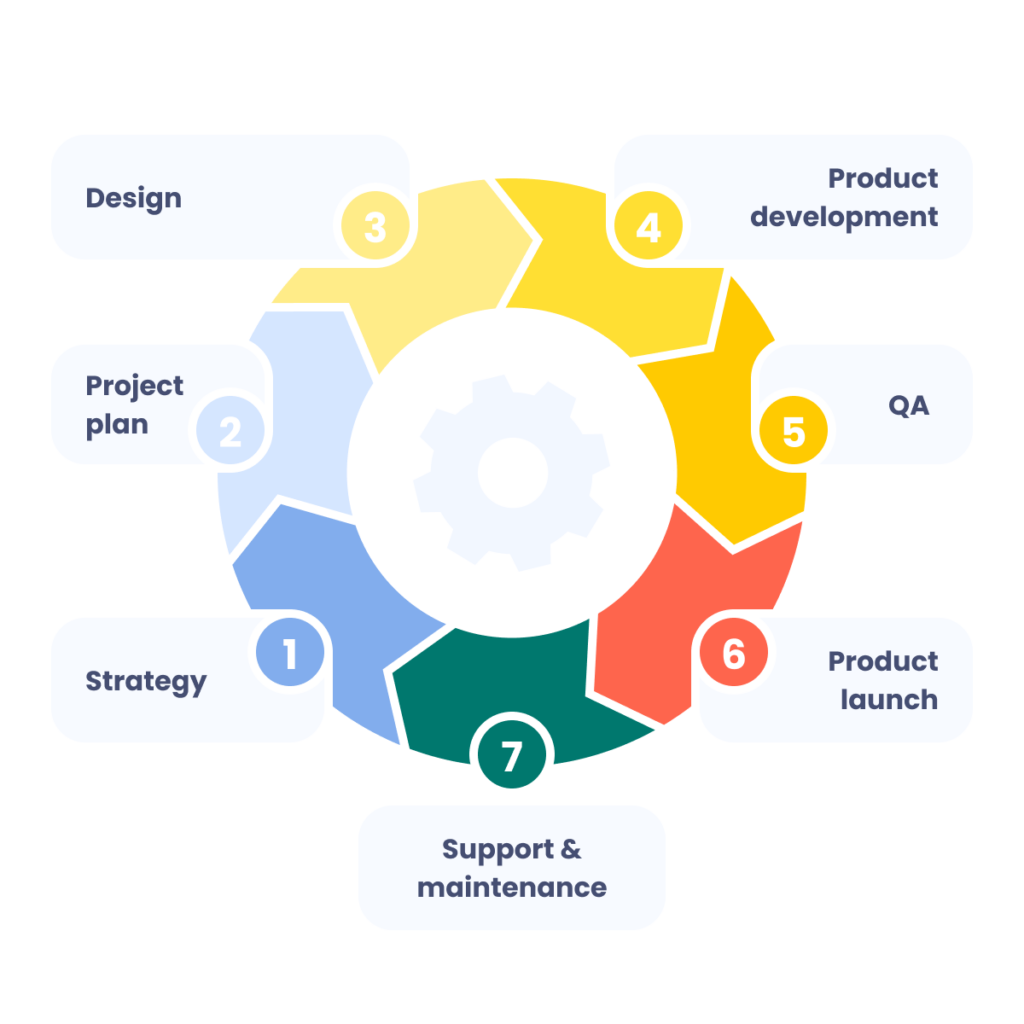 USA
USAI was pleasantly surprised by the quality of their developers, yet what I found the most impressive was their project management. AnyforSoft team took time to learn our expectations and technical needs. They’re a perfect size, big enough to provide quality resources, yet small enough for management to jump in when needed.






































